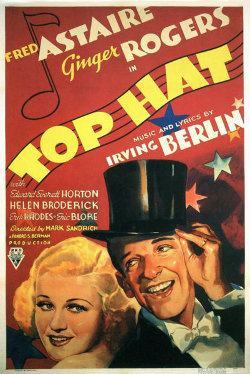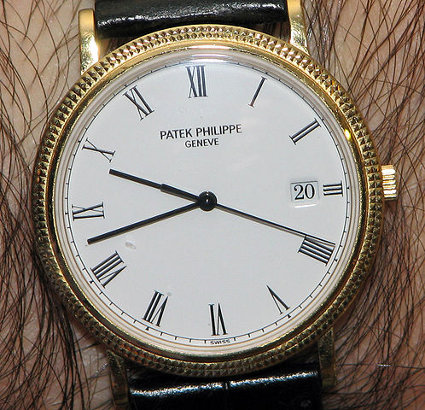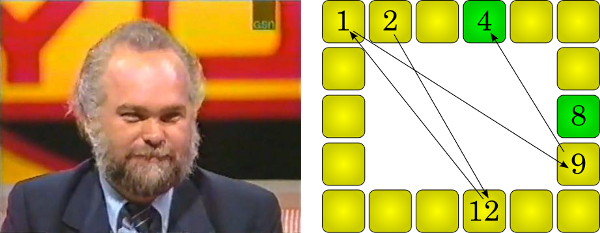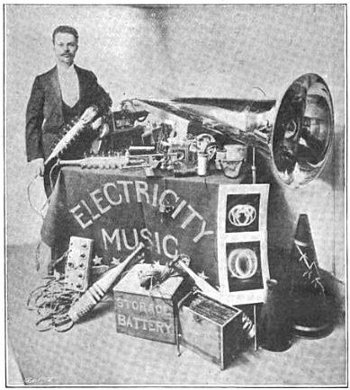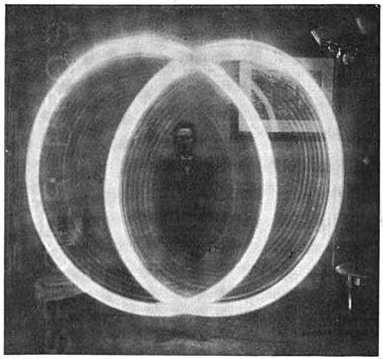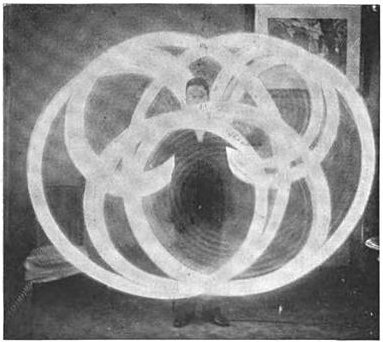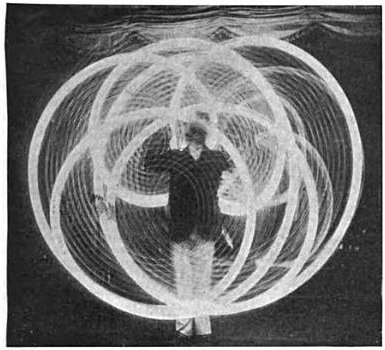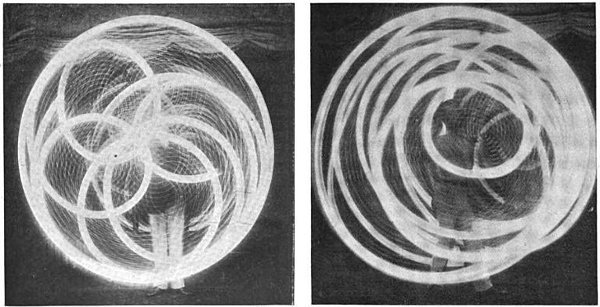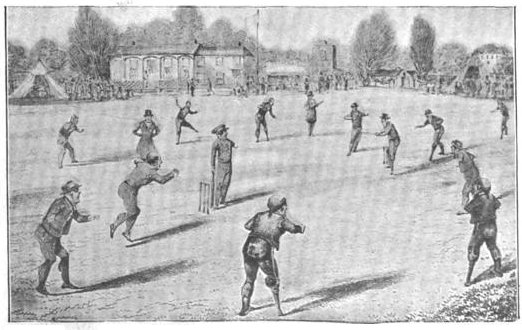
From the London Review and Literary Journal of August 1796:
A Cricket-Match was played by eleven Greenwich Pensioners with one leg against eleven with one arm, for one thousand guineas, at the new Cricket ground, Montpelier Gardens, Walworth. About nine o’clock the men arrived in three Greenwich stages; about twelve the wickets were pitched, and the matched commenced. Those with but one leg had the first innings, and got ninety-three runs; those with but one arm got but forty-two runs during their innings. The one-legs commenced their second innings, and six were bowled out after they got sixty runs, so that they left off one hundred and eleven more than those with one arm. Next morning the match was played out, and the men with one leg beat the one-arms by 103 runnings. After the match was finished, the eleven one-legged men run a sweepstakes of one hundred yards distance, for twenty guineas, and the three first had prizes.
From Henry Colburn’s London “calendar of amusements,” 1840:
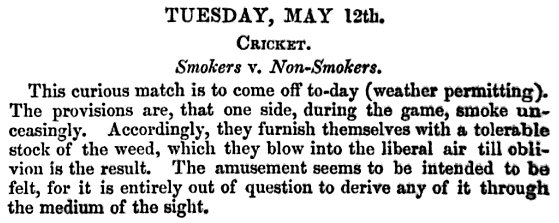
From “Eccentric Cricket Matches,” Strand, 1903:
A few winters ago, when a fine stretch of water in Sheffield Park was frozen over, his lordship [the Earl of Sheffield] organized a match on the ice, in which several of his house guests appeared. All the players used skates, the wicket-keeper, as might be imagined, having no little difficulty to keep still, and the bowlers being continually no-balled for running, or rather skating, over the crease. The beauty of ice-cricket lies in the fact that the batsman may score half-a-dozen runs while the fieldsman is endeavouring to regain his feet and pick up the ball, which may be lodged in a bank of snow.


